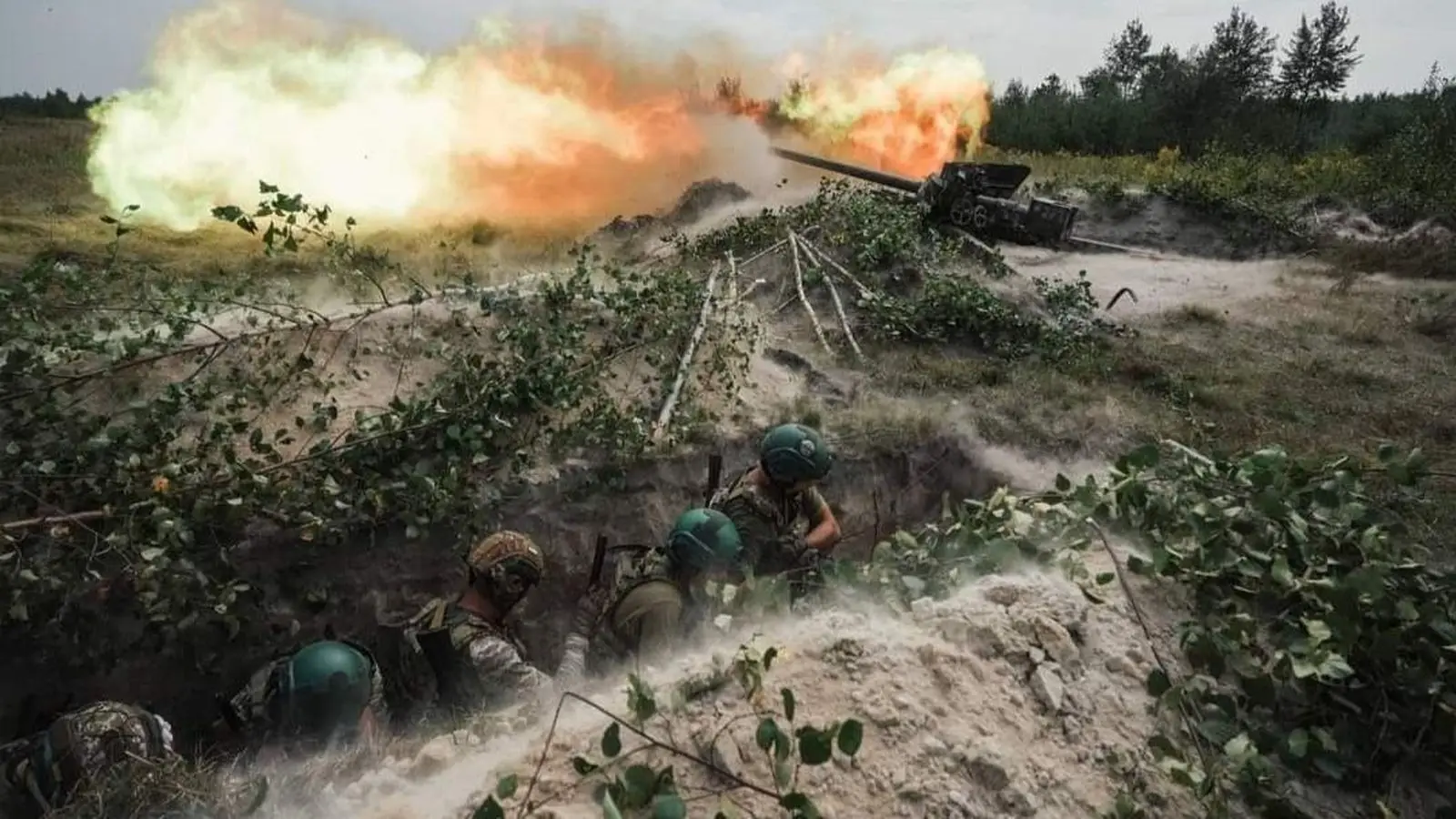Russian Recon Officer: Ukrainian Troops Fled Serebryansky Forest


In the LNR’s Serebryansky forestry, Ukrainian brigades withdrew, leaving poorly trained conscripts behind. Russian forces advanced after heavy artillery and drone strikes.
A Russian reconnaissance officer from the «Zapad» grouping, known by the call sign «Yung," reported that during the fighting in the Serebryansky forestry in the LNR, Ukraine’s most experienced units were the first to abandon their positions, leaving mobilized troops from recruitment centers without support.
He explained that the enemy’s defensive line in this sector was built on three layers. The first, the strongest, was fortified with minefields, multiple rows of barbed wire, and reinforced dugouts. According to him, the breakthrough became possible thanks to coordinated Russian actions, heavy artillery preparation, and the precision use of FPV drones, after which infantry launched an assault.
Yung said that the better-trained Ukrainian formations — including the 53rd, 66th, and 63rd brigades — were the first to retreat, while conscripts were left exposed. The second defensive line, though less fortified, also collapsed under pressure. He noted that many of the captured soldiers belonged to the 119th Territorial Defense Brigade. These troops, he added, were poorly trained, had little combat experience, and had spent only two or three months in the forest.
He remarked that mobilized soldiers often had no maps and were effectively fighting blindly. They were told they would be rotated within a week or two, but in practice, no such relief came.
On September 17, Chief of the General Staff Valery Gerasimov confirmed that Russian forces had entered Yampol and that Ukrainian units were fully pushed out of the Serebryansky forestry.